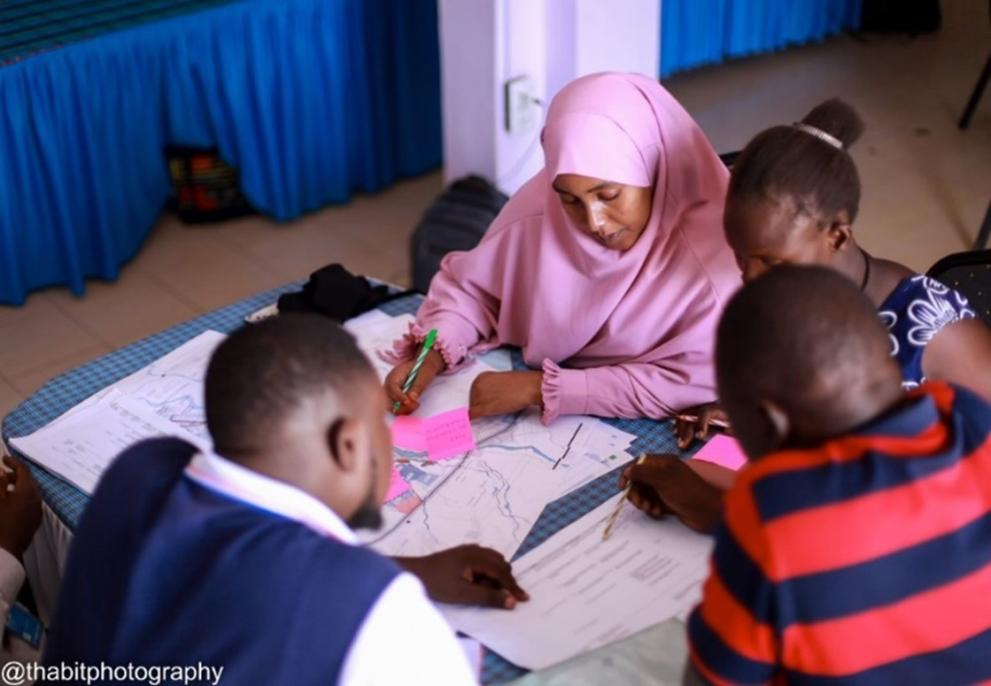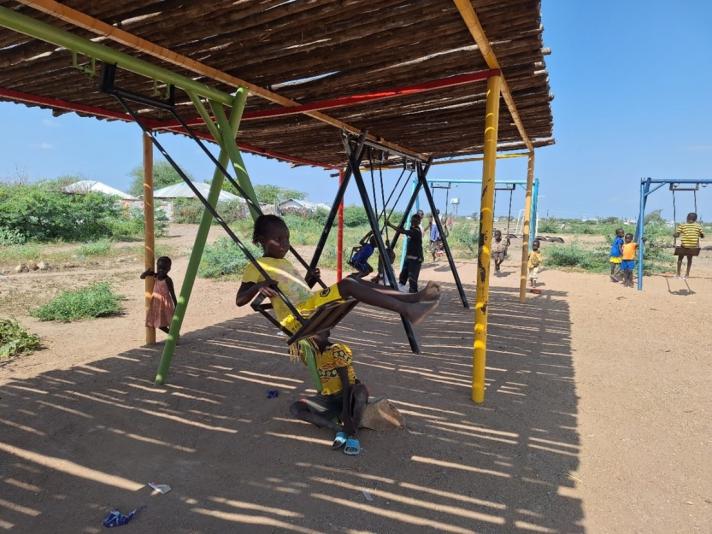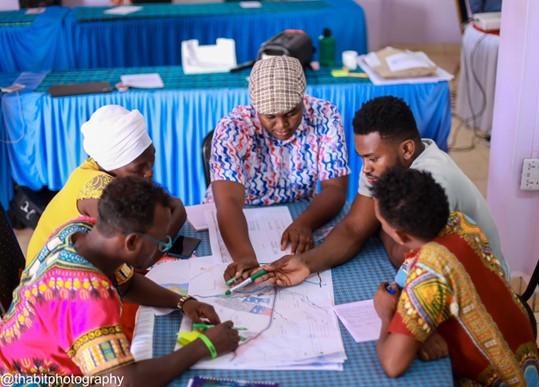
Kenya is ranking among Africa's top refugee-hosting countries, currently sheltering close to 800,000 refugees and asylum seekers from countries such as Somalia, South Sudan, as well as the Great Lakes region.
Refugees are mainly concentrated in the crowded Dadaab Refugee Complex in Garissa County and the Kakuma Refugee settlement in Turkana County, initially built to address immediate needs during emergencies but now, more than 30 years later, far exceeding their planned capacities. Located in the arid expanses of East Africa, the two host counties face interconnected challenges, including the harsh impact of climate change, unpredictable weather patterns, debilitating droughts, and heightened food insecurity.
The prolonged presence of refugees in these areas underscores the complexity of protracted displacement contexts, emphasizing the need for long-lasting, fair solutions that leave no one behind.
We used to fear living with other people as their cultures were different from ours, but we have started to integrate as we now see that our lives are similar. Thanks to donors, UN-Habitat and partners, we feel we are not displaced but have a home. Thank you. I have passed through several refugee camps, and I have never witnessed an organization that is willing to construct refugee homes that are strong and attractive, and that if someone had come, they would feel at home,” said Nimbona Isaac, refugee from Burundi who is currently living in Kalobeyei Settlement .
"The way forward for our country is the municipalities, that is where the action should take place, that is where resources should go,” said Nathif Jama, Governor of Garissa County.
Transforming Refugee Lives: The EU's Impact in Kenya on World Refugee Day
As we commemorate World Refugee Day, it is a moment to reflect on the strides made and the promising future ahead, particularly through the European Union Trust Fund for Africa (EUTF)’s program"Enhancing self-reliance for refugees and host communities in Kenya."
Collaborating with UNHCR, UN-Habitat, WFP and FAO, this initiative has been instrumental in reshaping the landscape of refugee camps in Kenya, with a focus on Kakuma and Dadaab. Kenya stands as a key player in hosting refugees in Africa, currently providing refuge to close to 800,000 refugees and asylum seekers from countries such as Somalia, South Sudan, and the Great Lakes region.
The two primary settlements, Dadaab Refugee Complex in Garissa County and Kakuma Refugee Camp in Turkana County were established at different time periods in response to immediate crises. However, three decades later, these camps have outlasted their capacities and face overwhelming challenges exacerbated by climate change, such as erratic weather patterns, prolonged droughts, seasonal heavy floodings and food insecurity. The overcrowded conditions and protracted displacement underline the urgency of sustainable, inclusive solutions.
Building Resilient Urban Futures: Strategic Development and Environmental Regeneration for Kakuma and Dadaab by 2030
In a bid to address these challenges, the Kakuma and Dadaab Regeneration Strategies were developed, envisioning and guiding the creation of two well-connected, resilient urban centers by 2030. The strategies are informed by two previous initiatives carried out by UN-Habitat under the joint EUTF program: spatial profiling of the camps, settlements and their surroundings, and the development of future visions through a participatory process.
An area-based approach using integrated design and planning principles was employed, considering economic, physical, socio-cultural, and environmental aspects. Recognizing the vulnerability of settlements to environmental hazards, a key component of the strategies is the environmental regeneration promoting responsible resource management, disaster resilience, and adaptation strategies, emphasizing rehabilitation and preservation of natural conditions and the mitigation of climate risks.
Community engagement lies at the heart of these initiatives, with workshops and participatory planning, visioning and prioritization sessions facilitating dialogue between host and refugee communities. The initiatives involved the two County Governments of Garissa and Turkana, the Department of Refugee Services (DRS), United Nations partners, and the refugee and host communities.
This inclusive approach ensures that the strategies take into account the perspectives and needs of both host and refugee communities, leaving no one behind. By aligning with local and national legislation, they ensure coherence with broader development plans while empowering municipalities to meet recognized standards of development. The milestone conferral of Kakuma and Dadaab to municipal status in 2023 further underscores the commitment to strengthening institutional capacity, and ensuring effective governances. As the consortium embark on the new phase of the program outside of the EU Trust Fund, , the focus remains on leveraging the momentum and opportunities created by the newly established municipalities, guided by the Kakuma and Dadaab Regeneration Strategies.
UN-Habitat, in collaboration with key partners such as UNHCR, FAO, and WFP, through the support from the European Union, will continue to assist local leadership, strengthen service provision, and bolster infrastructure delivery in Kakuma and Dadaab. Furthermore, efforts will extend to advocacy for policy changes at county and national levels, ensuring sustained progress and resilience.
Details
- Publication date
- 20 June 2024
- Author
- Directorate-General for International Partnerships
- Region and Country
- Horn of Africa
- Kenya
- Thematic
- Improved migration management
- Strengthening resilience of communities
- Partner
- United Nations Human Settlements Programme (UN-HABITAT)


